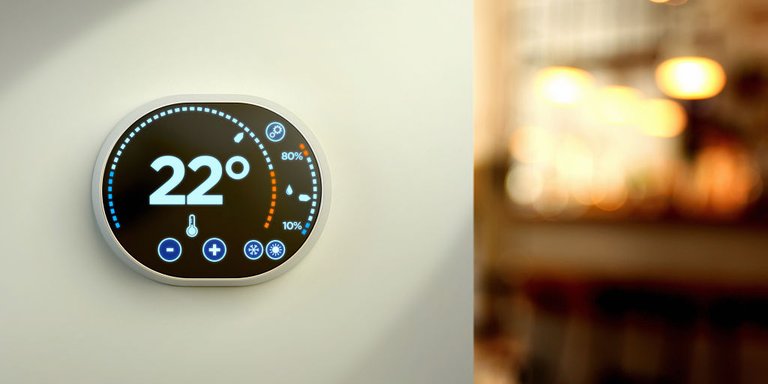Sensors: Best practice in the insurance industry
There is a general consensus that many business models in the insurance industry are not fit for the long term, or are already outdated. This is due to the continuing low interest rates, volatile customer requirements and rapid advances in digitisation.
2.5 minutes read
Published 04/18/2017

Sensors, the "internet of things" and the insurance industry
Combining forces with smart sensor technology
Good prospects for insurers
1
Expert

Greg Barats
CEO HSB
Related Topics
properties.trackTitle
properties.trackSubtitle
0:00
